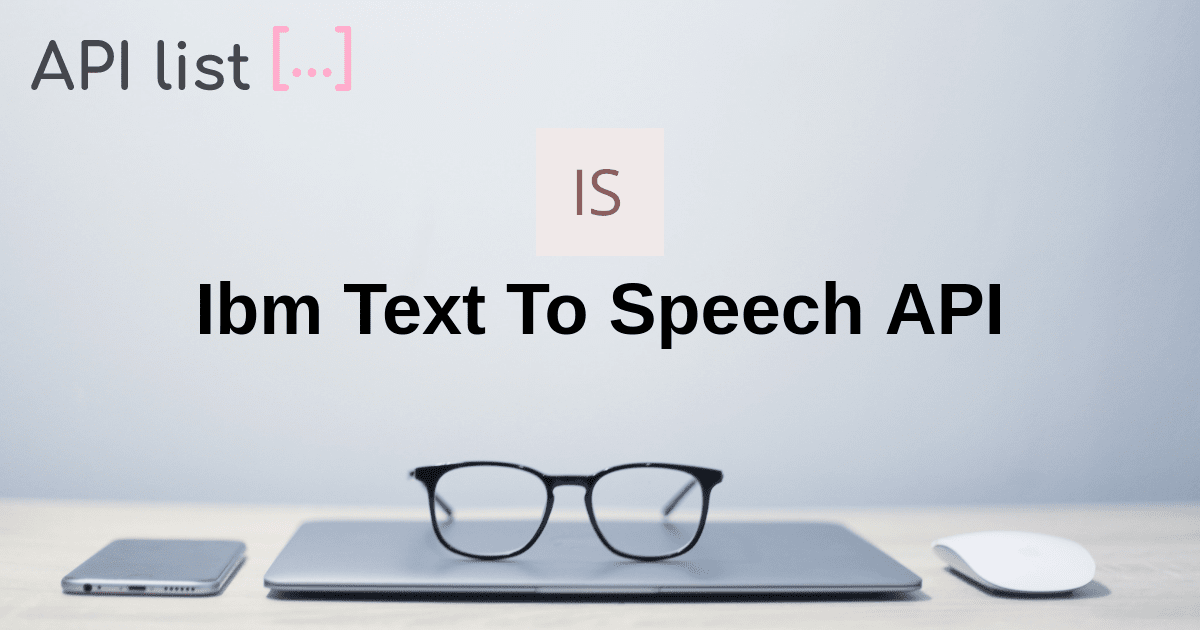

This feature allows users to expand and customize the vocabulary for a specific domain in a matter of minutes. To improve accuracy for fields such as law, medicine, and technology, users make use of language model customization. However, esoteric terms that are specific to certain domains are not included. The base vocabulary has thousands of words used in normal daily conversation, and the technology accurately recognizes many words. IBM speech recognition was developed with a broad audience in mind. Broadband models typically apply in the case of live speech or real-time applications, while narrowband models are better suited to telephone speech. Broadband models are used where the audio frequency is greater than or equal to 16 kHz, while narrowband models are used where the audio frequency is 8 kHz. Broadband and narrowband models are supported for a large number of languages. You can choose from a wide range of models across several languages that support telephone speech and Voice over Internet Protocol (VoIP) frequencies. With interim results, a user can quickly gauge the quality of the audio file and decide whether to proceed with the batch job or terminate it. They are useful for long audio files that can take time to transcribe, real-time transcription, and interactive applications. These interim results are likely to change before the final output is generated. IBM Watson speech to text is one of the few services that offer an interim result before the final transcription is complete. Interim Transcription Before Final Results It also offers solutions when problems are identified, such as asking the user to move closer to the mic. When there is a problem with the input, the tool provides feedback, such as letting you know there is too much background noise. This feature also provides the user with real-time feedback on the quality of the input audio. These metrics are available at the end of the transcription and can provide actionable insights to technical users.

IBM Speech to Text – Real-time Audio DiagnosticsĪdvanced audio metrics provides detailed information on the audio signal characteristics. IBM voice recognition supports ten audio formats, and, in most cases, the format is automatically detected. A maximum of 100Mb can be sent to IBM speech to text via a single synchronous HTTP or WebSocket request. Compression reduces the audio file size and maximizes the amount of data a user can pass to the service. The tool identifies each format and displays its supported compression.

Many file compression formats are supported. You can stream audio in real-time directly from an application or upload recorded audio. IBM Speech to Text – Several Audio Transmission Choices There are three interfaces – the WebSocket interface, the synchronous HTTP interface, and the asynchronous HTTP interface – and they all come with the same basic transcription features. To begin speech recognition in IBM voice to text service, you only need to provide the audio that you want to be transcribed. IBM speech recognition uses powerful deep learning and neural networks to convert speech to text. IBM Speech to Text – Automatic Speech Recognition (ASR)Īutomatic speech recognition refers to the process of transcribing audio as it plays back or in real-time as someone is speaking.
#Ibm speech to text free#
This feature has a free tier that allows you to send up to 10,000 messages per month. According to the Forrester Total Economic Impact report, this feature saw organizations “experience benefits of $23.9 million over three years versus costs of $5.5 million, adding up to a net present value (NPV) of $18.4 million and a return on investment (ROI) of 337%.” The feature integrates with a wide range of customer service SaaS platforms. This increases its problem-solving capabilities, reduces customer wait times, and increases overall customer satisfaction.

Artificial intelligence (AI) is used to learn from customer interactions, so the tool learns over time. It allows organizations to interact with their customers quickly, accurately, and consistently across a wide range of applications, devices, and channels. The Watson Assistant for voice interaction is the newest feature in IBM speech to text.


 0 kommentar(er)
0 kommentar(er)
